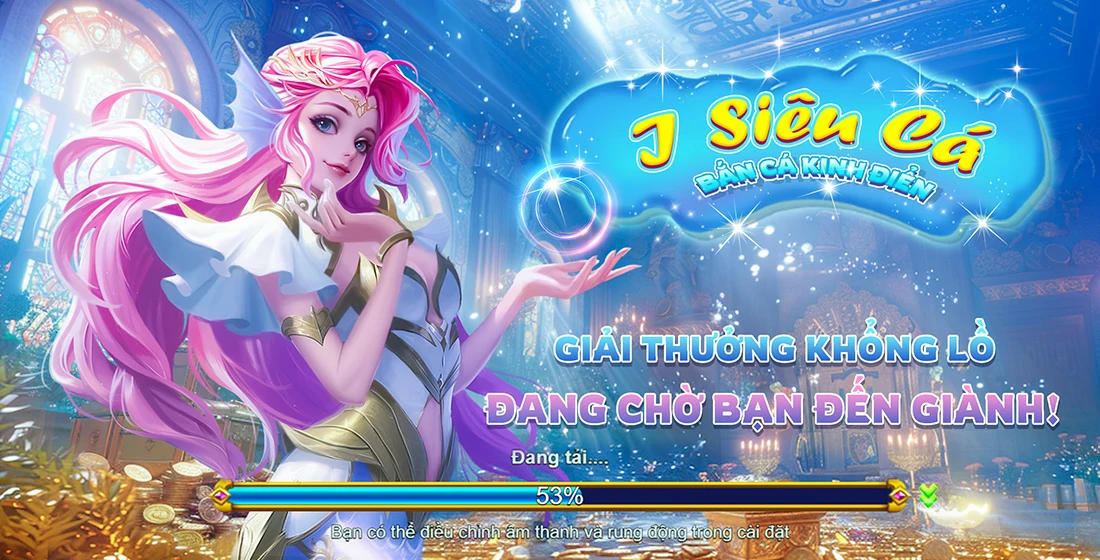Why Open World Games Are a Breath of Fresh Air in the Age of Hyper Casual Games
In the gaming world, there are waves of trends that capture the imagination of players and developers alike. Recently, hyper casual games have surged in popularity, making them a common sight in app stores. Yet amidst this flood of simplistic titles, open world games stand out like a breath of fresh air. These expansive, immersive experiences transport players to richly crafted virtual worlds. Let’s delve into why open world games are not just surviving but thriving in an era dominated by rapid-fire, casual mobile titles.
What Are Open World Games?
Open world games are characterized by their vast environments and the freedom they offer to players. Unlike linear games, where players are funneled through a story, open world games allow for exploration and personal choice. Titles like Breath of the Wild and Red Dead Redemption 2 provide dynamic worlds that respond to player actions, creating a unique experience for everyone.
The Allure of Exploration
One of the primary draws of open world games is exploration. Every corner of the map may hide secrets waiting to be uncovered. Let's compare open world titles to hyper casual games:
- Immersive worlds: Open world games often boast stunning landscapes and dense forests, drawing players to discover brand-new areas.
- Intricate storytelling: These games often have deep narratives that encourage players to invest their time, connecting emotionally with the characters.
- Freedom of choice: Players can take varied paths, approaching challenges in their own way, which isn't often possible in hyper casual titles.
Hyper Casual Games: A Quick Overview
Hyper casual games are designed for quick engagement, often offering instant gratification through easy mechanics and short play sessions. They cater to players looking for a quick gaming fix. This appeal explains their rise, but can those brief bursts of play compete with the experiences found in open world titles?
Contrasting Player Engagement
While hyper casual games may have the advantage in accessibility, open world games offer a depth that keeps players coming back for more. A study shows that the average session length in open world games can far exceed that of hyper casual games.
| Game Type | Average Session Length | Player Engagement Level |
|---|---|---|
| Open World Games | 60+ minutes | High |
| Hyper Casual Games | 5-10 minutes | Moderate |
The Thrill of Challenges: A Case Study
Take a game like Monster Boy and the Cursed Kingdom. It marries platforming elements with open world exploration, featuring puzzles such as the haunted manor statue puzzle. This level of challenge and emotional investment fosters a sense of achievement that hyper casual games often lack. Players remember their experience in such games far longer than a fleeting session of tapping a screen.
The Role of Narrative Depth
Good stories draw players in, creating emotional ties. Open world games often boast elaborate narratives that evolve based on player choices. In contrast, hyper casual games typically lack a strong story and tend to focus on repetitive gameplay. For those who seek narrative depth, open world games provide a fulfilling alternative.
Technological Innovations and Graphics
Open world games showcase the pinnacle of gaming technology. From intricate graphics to AI that reacts realistically, they maintain player immersion. This sharp contrast to the simplistic graphics of hyper casual games can be jarring for players used to deeper experiences.
Understanding Player Demographics
It’s crucial to recognize how player demographics shape the gaming landscape. Hyper casual games often attract younger audiences in search of entertainment during short breaks. On the other hand, open world games appeal to older players and those searching for depth and challenge.
Conclusion: The Future of Gaming
While hyper casual games undoubtedly serve a market for quick entertainment, open world games represent a bastion of creativity, commitment, and player experience. Their welcoming environments, deep narratives, and fundamentally engaging gameplay will continue to resonate with gamers who appreciate the artistry of video games. As technology evolves, we can anticipate even greater advancements in open world experiences, enticing players to step into expansive worlds where adventure awaits.



